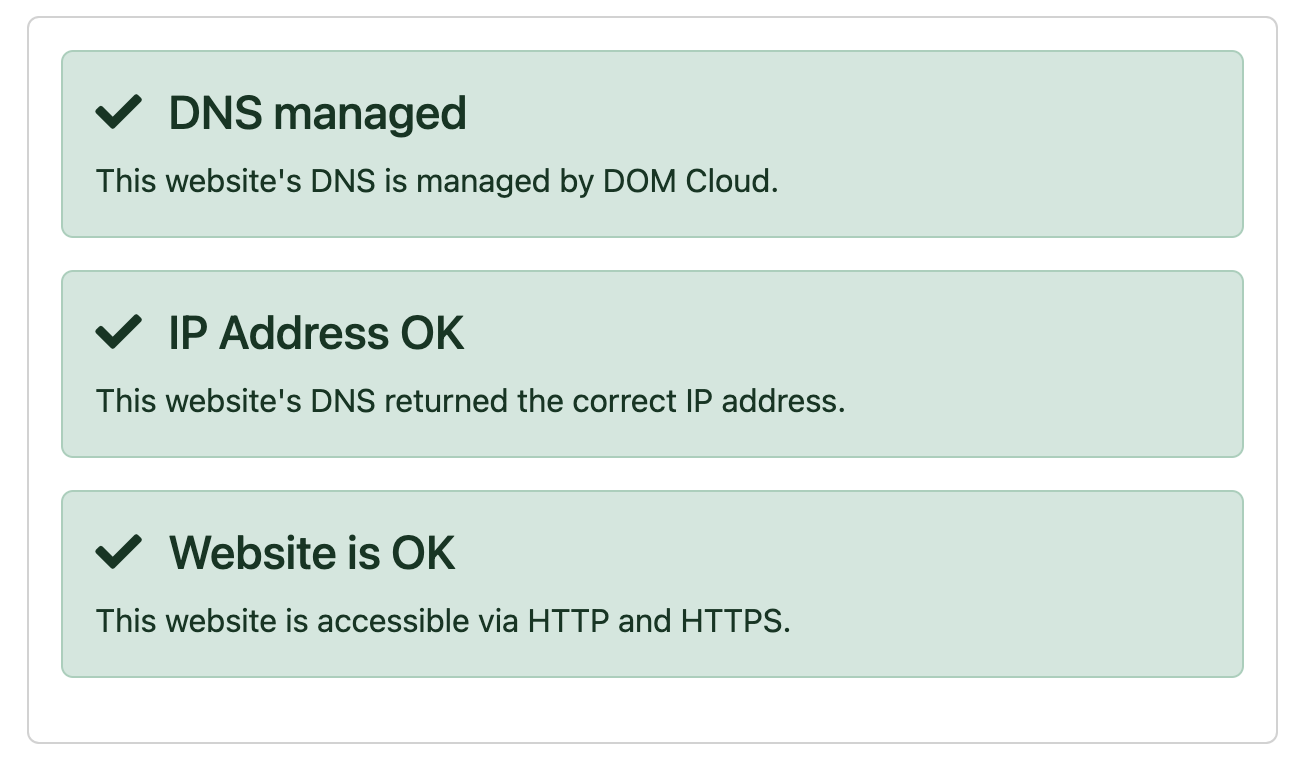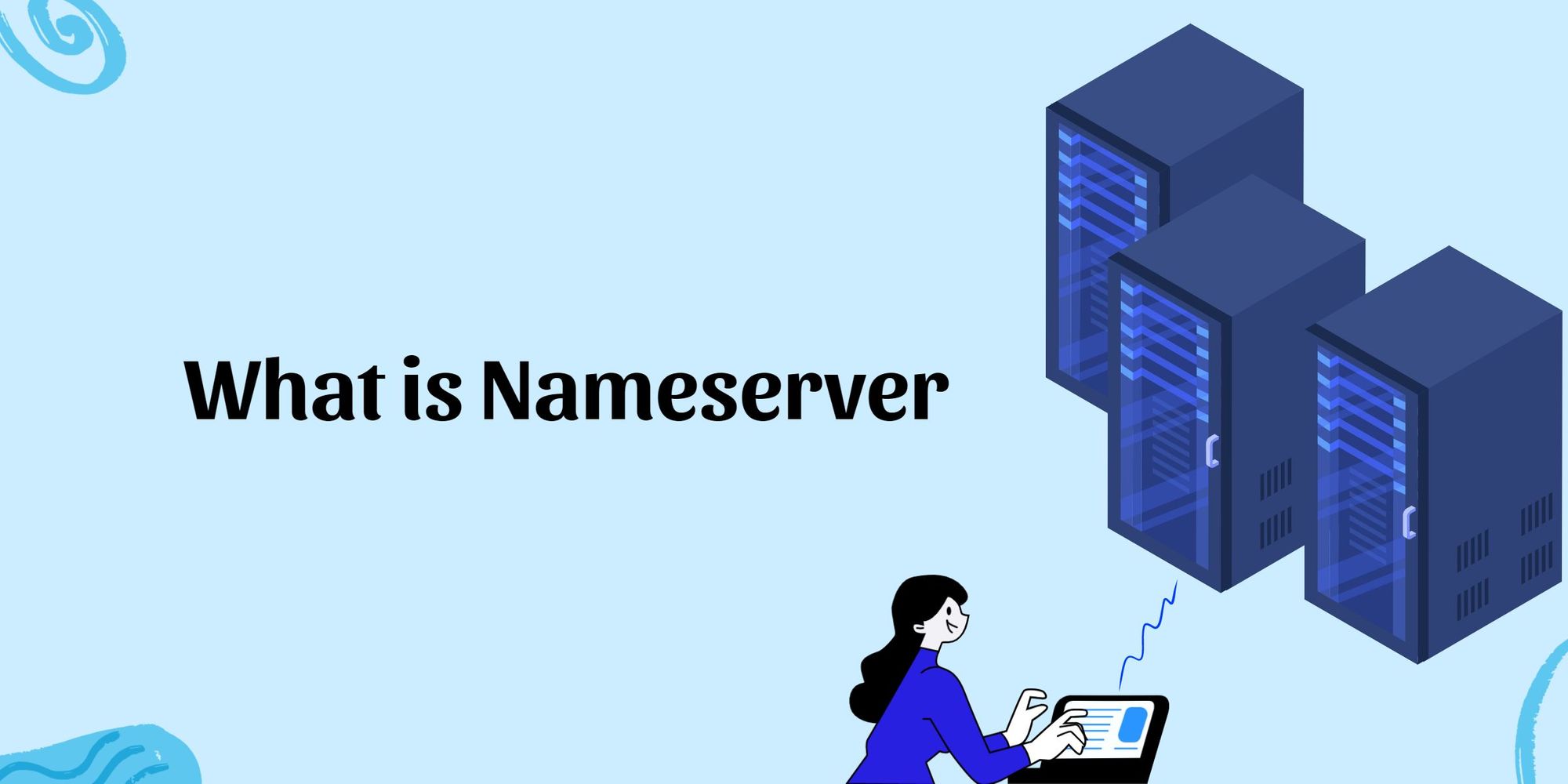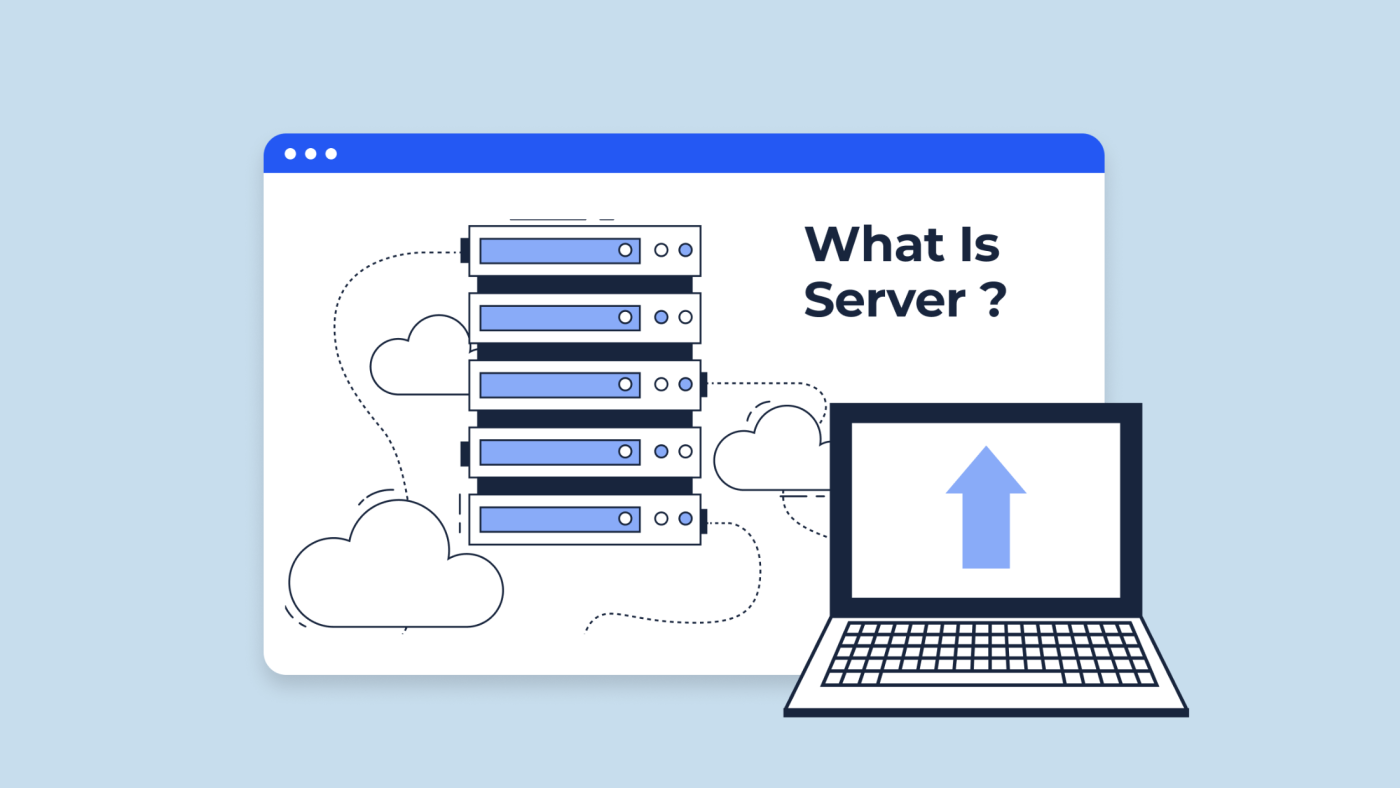When it comes to managing a website, there are many technical components that need to be taken into consideration. From choosing a hosting provider to designing the layout, every aspect plays a crucial role in the overall functioning and success of a website. One such important component is the NameServer. While most people may not be familiar with this term, it is a vital element in the management of a website. In this article, we will explore the role of NameServers and their importance in website management.
What are NameServers?
In simple terms, NameServers are like a phone book for websites. Just like how a phone book contains a list of names and corresponding phone numbers, NameServers contain a list of domain names and their corresponding IP addresses. Whenever someone types a website’s domain name in their browser, the NameServer acts as a directory and directs the user to the correct location of the website. Without NameServers, users would have to remember the IP address of every website they want to visit, which is practically impossible.

Put simply, nameservers function similarly to a telephone directory for websites
Domain Names and IP Addresses
Before diving deeper into NameServers, it is essential to understand the difference between domain names and IP addresses. A domain name is the address of a website that users type in their browser’s address bar to access a particular site. For example, www.example.com is a domain name. On the other hand, an IP address is a set of numerical values assigned to a device connected to a network. It helps identify the device and its location on the internet. Every website has a unique IP address, which acts as its physical address on the internet.
How Do NameServers Work?
NameServers work on a hierarchical system where each level handles a specific set of domains. At the top of the hierarchy lies the root servers, which contain information about the top-level domains (TLDs) such as .com, .org, .net, etc. Each TLD then has its own set of NameServers responsible for all the domain names registered under it. For example, the .com TLD has its own set of NameServers, and a domain name ending with .com will be directed to these NameServers.

Nameservers operate within a hierarchical system where each tier manages a designated group of domains
Under each TLD’s NameServers, there are authoritative NameServers that have detailed information about a particular domain name and its corresponding IP address. These authoritative NameServers are provided by the hosting provider or the registrar where the domain name is registered. When a user types in a website’s domain name, their request goes through the root servers, TLD NameServers, and finally the authoritative NameServers, which direct them to the correct IP address of the website.
The Importance of NameServers in Website Management
Now that we understand what NameServers are and how they work let’s delve into why they are crucial in website management.
Flexibility in Hosting Provider Choice
One significant advantage of using NameServers is the flexibility it offers when choosing a hosting provider. When you register a domain, you are not limited to using the hosting services of the registrar. You have the freedom to choose any hosting provider you want, as long as you can point the domain’s NameServers to the new hosting provider’s servers. This allows for more options and better pricing when it comes to hosting your website.
Easy Domain Management
NameServers also play a vital role in managing multiple domains. If you have several domains under one hosting account, you can use the same set of NameServers for all your domains. In this case, you do not have to update the IP addresses for each domain individually. Instead, you can make changes to the NameServer settings, which will automatically reflect on all the domains under the same hosting account. This makes domain management more efficient and less time-consuming.
Improved Website Performance
Another essential aspect of NameServers is their impact on website performance. When a user visits a website, the NameServer directs them to the correct IP address of the site. If the NameServer is fast and efficient, this process will be quick, resulting in a seamless user experience. On the other hand, if the NameServer is slow or unresponsive, it can significantly affect the website’s loading speed, leading to lower user engagement and a higher bounce rate.
High Reliability
NameServers also play a crucial role in ensuring high reliability for a website. As mentioned earlier, NameServers work on a hierarchical system, which means that there are multiple levels where domain names are stored and directed to their corresponding IP addresses. This redundancy ensures that even if one NameServer fails, there are backups at different levels to ensure that the website remains accessible. This helps prevent any downtime for the website, which could result in a loss of visitors and potential customers.
URL Masking and Redirection
NameServers also offer the option of URL masking and redirection, which can be useful for website owners. URL masking allows you to hide the actual URL of your website and display a different URL instead. This can be particularly helpful when you have multiple domains but want all of them to point to one main website. Similarly, redirection allows you to redirect users from one domain to another. It is especially useful when you want to redirect traffic from an old domain to a new one.
How to Set Up NameServers for Your Website?
Now that we understand the importance of NameServers let’s look at how you can set them up for your website. The process may vary slightly depending on the hosting provider or registrar you are using. However, the general steps remain the same.

The procedure might differ slightly based on the hosting provider or registrar you are utilizing
Step 1: Obtain the NameServer Information from Your Hosting Provider
The first step is to obtain the NameServer information from your hosting provider. This information will typically be provided in your welcome email or can be found in your hosting account’s dashboard. If you are unable to find this information, you can contact your hosting provider’s customer support for assistance.
Step 2: Log in to Your Domain Registrar Account
Next, log into your domain registrar account, where you have registered the domain name for your website. Look for an option to manage DNS settings or update NameServers. This option is usually found under the domain management section of your account.
Step 3: Update the NameServer Information
Once you have located the DNS management section, you will see an option to add or update NameServers. Enter the information provided by your hosting provider and save the changes. It may take a few hours for the changes to propagate, after which your website will start pointing to the new NameServers.
Common Issues with NameServers and How to Troubleshoot Them
While NameServers are essential for website management, there are instances where issues may arise. Here are some common NameServer issues and how to troubleshoot them.
Incorrect NameServer Settings
The most common issue with NameServers is incorrect settings. If you make any changes to your NameServers, it may take a few hours for them to propagate. During this time, if someone tries to access your website, they may end up on an error page. To avoid this, always ensure that you have the correct NameServer settings before making any changes.
Unresponsive NameServer
If your NameServer is unresponsive, it could result in slow website loading speeds or even downtime. To check if your NameServer is active, you can use online tools such as DNS Checker, which will show you the status of your NameServer. If it shows that your NameServer is down, you will need to contact your hosting provider to resolve the issue.
Domain Not Pointing to Correct IP Address
There may be instances where your domain is not pointing to the correct IP address even though you have updated the NameServer settings. This could be due to caching issues or incorrect settings. To resolve this, you can try clearing your browser’s cache or contacting your hosting provider for assistance.
Best Practices for Managing NameServers
To ensure smooth functioning and proper management of NameServers, here are some best practices that you should follow.
Keep Your NameServers Updated
It is essential to keep your NameServer settings updated at all times. If you change your hosting provider, make sure to update the NameServers accordingly. Similarly, if you make any changes to your hosting account, such as upgrading or downgrading, check if there are any changes required for your NameServers.
Use Reliable Hosting and Domain Registrars
When choosing a hosting provider and domain registrar, always opt for reliable and reputable companies. This will ensure that your website’s NameServers are in safe hands and will be available at all times.
Regularly Monitor NameServer Performance
It is crucial to regularly monitor the performance of your NameServers. There are online tools available that can help you track the response time and uptime of your NameServers. If you notice any issues, you can take immediate action to resolve them and prevent any major downtime for your website.
Have Backups in Place
While NameServers are designed to be highly reliable, it is always a good idea to have backups in place. You can set up secondary NameServers to handle requests in case the primary ones fail. This will minimize any downtime for your website and keep it accessible to users.
Conclusion
In conclusion, NameServers play a crucial role in website management, and it is essential to understand their importance and how they work. They offer flexibility in hosting provider choice, easy management of multiple domains, improved website performance, high reliability, and options for URL masking and redirection. Setting up NameServers for your website is a simple process, and there are measures you can take to avoid common NameServer issues. By following best practices, you can ensure that your website’s NameServers are always up-to-date, reliable, and efficient, providing a seamless experience for your users.



